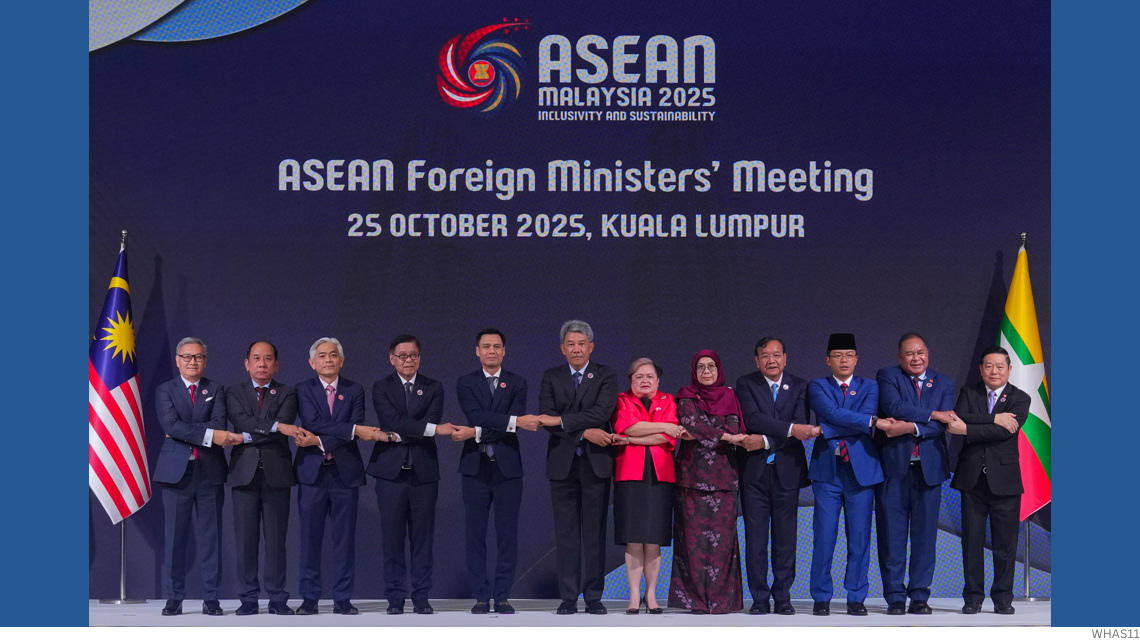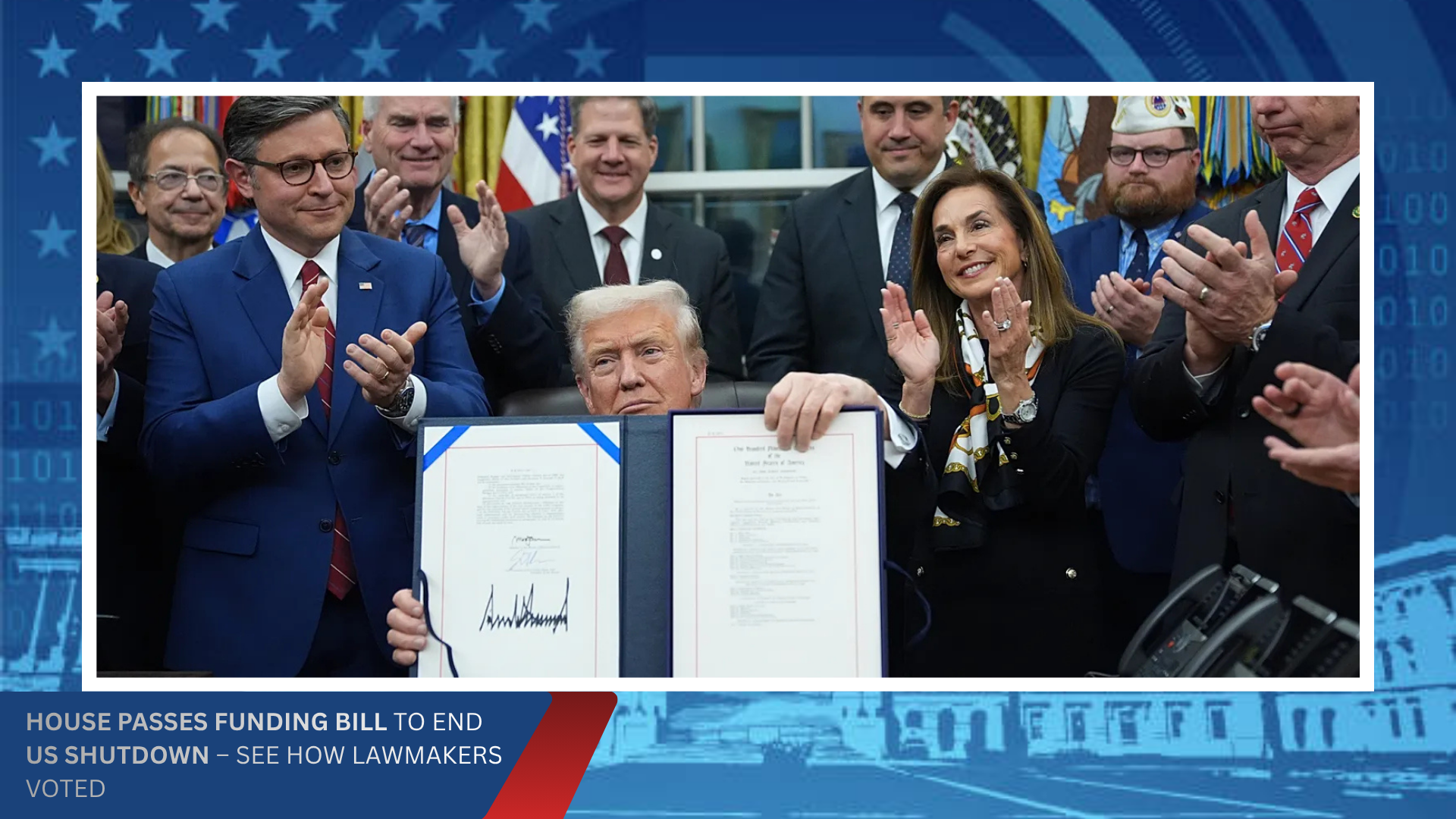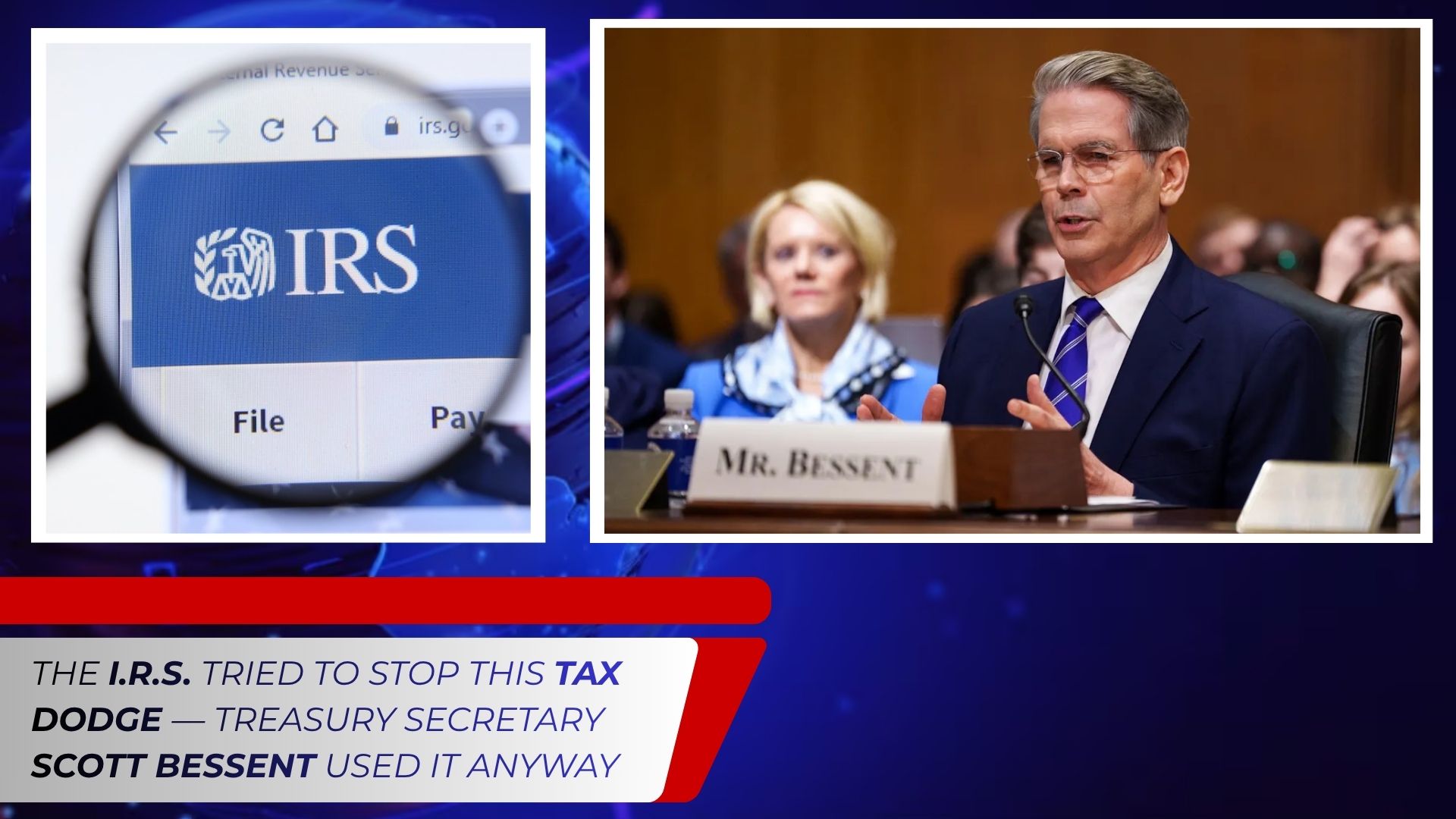President Donald Trump arrived in Kuala Lumpur on Friday, October 24, for the 47th ASEAN Summit, marking his first major international trip of his second term and the centerpiece of a five-day Asia tour that also includes stops in Japan and South Korea. His visit coincides with a prolonged U.S. government shutdown, now in its fourth week, and growing global unease over the administration’s trade and tariff policies.
The summit, held from October 26 to 28, 2025, gathers heads of state from across Southeast Asia and beyond under the theme “Inclusivity and Sustainability.” It represents a pivotal moment for the 10-nation bloc — soon to become 11 with Timor-Leste’s formal admission — as ASEAN works to reinforce economic cooperation and navigate global uncertainty.
A High-Stakes Trip Abroad
Trump’s second-term Asia trip unfolds under a cloud of domestic and international strain. At home, Democrats and several moderate Republicans have urged him to remain in Washington to resolve the budget impasse that has furloughed hundreds of thousands of federal workers. Abroad, his confrontational trade posture toward China and recent tariff threats against Canada have heightened market volatility and disrupted supply chains.
The president’s itinerary includes the ASEAN Summit in Malaysia (Oct. 26–28), followed by meetings in Tokyo with Japan’s new prime minister Sanae Takaichi and in Seoul with Chinese President Xi Jinping and South Korean officials.
White House aides say Trump’s goals for the trip are to “advance U.S. economic interests, deepen Indo-Pacific partnerships, and strengthen collective security.” Yet many analysts see his participation as an attempt to reassert American influence in a region increasingly shaped by China’s economic reach and diplomatic assertiveness.
What is ASEAN and Why It Matters
Formed in 1967 in Bangkok, the Association of Southeast Asian Nations (ASEAN) aims to promote peace, economic growth, and cultural cooperation among its members — Brunei, Cambodia, Indonesia, Laos, Malaysia, Myanmar, the Philippines, Singapore, Thailand, and Vietnam. The bloc’s combined population exceeds 650 million, and together its economies represent one of the fastest-growing regions in the world.
The ASEAN Summit serves as the organization’s highest decision-making body, where leaders meet annually to set strategic priorities. This year’s host, Malaysian Prime Minister Anwar Ibrahim, has framed the 2025 agenda around inclusive growth and sustainability, emphasizing cooperation over confrontation.
“This represents a new strategic direction for Malaysia and ASEAN in expanding diplomatic and trade ties with other regions, including Africa and Latin America,” Anwar said earlier this week.
For Malaysia, chairing ASEAN in 2025 underscores its commitment to a balanced foreign policy and its role as a bridge between East and West. The summit’s theme — “Inclusivity and Sustainability” — signals a renewed focus on equitable development, green transition, and resilience in the face of climate and security challenges.
Global Leaders Converge in Kuala Lumpur
The 47th ASEAN Summit is expected to host an array of world leaders, including Trump, Chinese Premier Li Qiang, Brazilian President Luiz Inácio Lula da Silva, South African President Cyril Ramaphosa, and Japan’s Sanae Takaichi. Their attendance highlights ASEAN’s growing global relevance as a platform for dialogue between the Global North and South.
Diplomatic observers say the summit will tackle a wide spectrum of issues: from regional maritime disputes in the South China Sea and Myanmar’s ongoing civil conflict, to climate resilience, digital transformation, and food security.
An early report from Reuters indicated that Thailand and Cambodia plan to sign a cease-fire agreement during the meetings — a development hailed by Malaysian officials as evidence that ASEAN diplomacy can still deliver tangible peace outcomes despite internal divisions.
Trade, Tariffs, and the Trump Factor
Trump’s presence is expected to dominate discussions beyond ASEAN’s formal agenda. Just days before departing Washington, the president renewed threats to triple tariffs on Chinese imports starting November 1 unless a new bilateral trade deal is reached.
His hardline trade stance has been met with sharp criticism from economists and farmers alike. China’s retaliatory tariffs have already reduced U.S. agricultural exports — particularly soybeans — while limiting American access to rare-earth minerals, which are essential for electronics manufacturing.
In Kuala Lumpur, Trump is expected to hold sideline talks with Xi Jinping aimed at de-escalating trade tensions. The White House said the meeting “offers an opportunity for candid discussion on trade balance, intellectual property, and supply chain resilience.”
Nevertheless, analysts warn that Trump’s tariff threats risk overshadowing the cooperative tone of ASEAN’s agenda. “It’s a delicate balance,” said Dr. Amanda Reyes, a senior fellow at the Asia Policy Institute. “Southeast Asia values U.S. engagement, but not confrontation that disrupts markets and regional stability.”
Timor-Leste’s Formal Entry and Regional Expansion
A major milestone of this year’s summit will be the formal admission of Timor-Leste as ASEAN’s 11th member, marking the bloc’s first expansion in nearly two decades. The move is widely seen as a symbol of ASEAN’s continued commitment to inclusivity and democratic development.
Leaders are also expected to approve the Kuala Lumpur Declaration on Inclusive Growth and Green Transition, setting out shared targets for sustainable infrastructure, digital connectivity, and renewable energy investment through 2030.
Challenges on the Table
Despite its aspirations, ASEAN continues to face deep internal and external challenges. The war in Myanmar remains a humanitarian crisis with no clear resolution, while territorial disputes in the South China Sea persist among member states and with China.
Energy security, cyber resilience, and the need for coordinated climate policies will also feature prominently in discussions. The U.S.-China rivalry looms large in all of these issues, as Southeast Asian countries seek to preserve strategic autonomy while benefiting from both powers.
Trump’s attendance may help restore some faith in Washington’s long-term commitment to the Indo-Pacific, but many regional observers remain cautious.
Symbolism and Diplomacy Amid a Shutdown
The optics of Trump’s overseas trip have drawn domestic criticism. Several Democratic lawmakers argued the president should have postponed the visit until the U.S. government shutdown — now entering its fourth week — is resolved.
White House officials, however, insist the president can “lead at home and abroad simultaneously,” framing his participation as essential to advancing American economic and security interests.
Still, political analysts note the timing underscores Trump’s governing style — one that prizes bold, visible gestures even amid domestic turmoil.
“This trip is as much about perception as policy,” said foreign affairs analyst Paul Henderson. “Trump wants to project strength abroad even while Washington remains gridlocked.”
A Defining Moment for ASEAN and the U.S.
The 2025 ASEAN Summit represents both continuity and transition — for the region and for the United States’ role within it. For ASEAN, it is an opportunity to reaffirm unity and relevance as new economic and environmental pressures mount. For Trump, it offers a global stage to reassert U.S. influence in Asia, even as his trade policies test long-standing alliances.
As leaders gather under the shadow of global uncertainty, the hope in Kuala Lumpur — reflected in the summit’s theme — is that inclusivity and sustainability can guide the region toward stability and shared prosperity.
%20(4).png)








